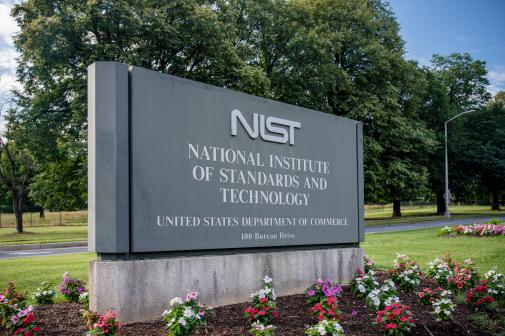NIST issues draft framework for cyber-physical systems
As the use of the Internet of Things continues to grow, the National Institute of Standards and Technology wants to make sure all of those things work as directed and communicate with one another as seamlessly as possible.
NIST Friday released its draft framework of standards for cyber-physical systems intended to help companies creating products for the IoT.
The draft framework outlines common attributes that systems share, regardless of what type of Internet-connected device is being constructed. Whether it’s a wastewater management system, the smart energy grid, or a company controlling its manufacturing infrastructure, NIST wants to make sure those systems interact successfully with the broader cyber-physical system environment.
“Creating a complex device involves a lot of people with varying interests and concerns, from the designers to the engineers to the safety testers,” said David Wollman, who co-chairs NIST’s Cyber-Physical Systems Public Working Group, in a release. “What the framework provides is an organized treatment of these concerns so the [company making products, or other group using the framework] can address and manage them all effectively. It will prompt them to think of concerns they may not be aware of, and support understanding and integration of different [cyber-physical systems].”
In an interview, he told FedScoop that the framework is key to not only cyber-physical systems themselves, but systems within systems that will be built as the technology matures.
“Our goals were to develop a common understanding of cyber physical systems and be able to understand the uniqueness in order to develop a framework which helps both individuals smart domains, like manufacturing or the smart grid, to help systems be developed within those domains, and also to cross the domains, so you could have cyber physical systems that could function in a much more complicated Internet-worked environment,” he said.
The 213-page document took more than a year to create, with input from a “few hundred members” drawn from the public and private sectors. NIST will be taking comments on the draft over the next 45 days and plans to make a second draft public shortly thereafter.
Wollman said NIST reserved the right for another comment period due to a “very vigorous face-to-face meeting” over the first framework during the summer.
“We actually needed to have a lot of effort over the summer to crystallize some of these comments,” Wollman said. “We only arrived, after the summer, at terminology that people really resonated with.”
Those looking to comment can do so via NIST’s cyber-physical system working group’s website.






